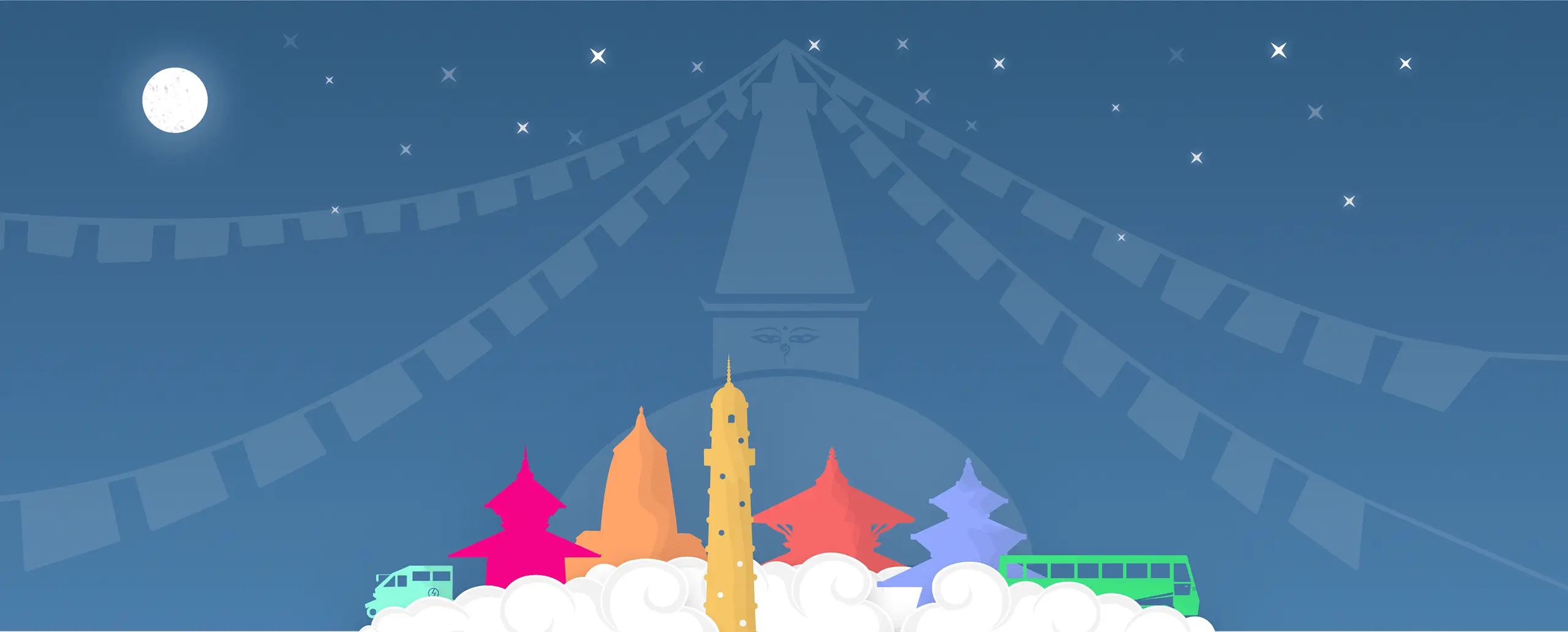0 RESULTS FOUND!
Quick Questions? Email Usinfo@discoveryworldtrekking.com

Loading
WE ARE ASSOCIATED WITH:








Discovery World Trekking is the trademark name of Discovery World Trekking Pvt. Ltd. Our name, logo, and slogan are registered in Nepal. Our Nepal Tourism Board trekking and travel company license number is 1495.














